Missing and murdered Indigenous women and girls will be in the public eye across Canada this week.

Pieces of art that remember and raise awareness for Canada’s missing and murdered Indigenous women and girls are being posted on billboards in 12 Canadian cities until June 24.
“We hope people will wonder when they’re seeing these billboards: ‘What are they talking about, and who are these people?’” said Lisa Cherry, executive director of Artists Against Racism.
“We want to create awareness and wake people up.”
The billboards, set up by Artists Against Racism, are a follow-up to the release of the National Inquiry into Missing and Murdered Indigenous Women and Girls, which called the matter a genocide.
According to the RCMP’s 2014 national overview, the number of homicides of Indigenous women reached 1,200 between 1980 and 2012. That number grew from just over 800 in the previous years dating back to 1946.
The overview also pointed to 164 Indigenous women who were considered missing and 225 unsolved cases of missing or murdered Indigenous women.
Estimates of the actual number of missing and murdered Indigenous women vary, and the report says the true number may never be found.
“Since it’s such a big issue, we wanted to create a big response and put it right out there in a big way,” said Cherry.
WATCH: (June 3, 2019) Piikani Nation member, advocate speaks about newly-released MMIWG report

The billboards are displayed in Halifax, Kamloops, Edmonton, Vancouver, Montreal, Ottawa, Saskatoon, Regina, Moncton, Toronto, Thunder Bay and Winnipeg, and they were not chosen randomly.
Cherry said some of the locations are ones that experience a higher number of missing and murdered Indigenous women.
“We chose certain cities according to where the issues are the biggest, the most problematic,” Cherry said.
“We wanted to show people what’s happening in their city and that it’s serious — so serious that we’re doing a major campaign.

Get breaking National news
“Hopefully, it will shock them so much that they’ll want to do something about it and write to their MP about the recommendations in the inquiry,” she added, “and create more empathy for Indigenous people.”
Jackie Traverse is an Anishinaabe artist, who created Winnipeg’s billboard artwork called Tied Butterfly. The butterfly and the red dress it’s wearing are symbols for missing and murdered Indigenous women and girls.
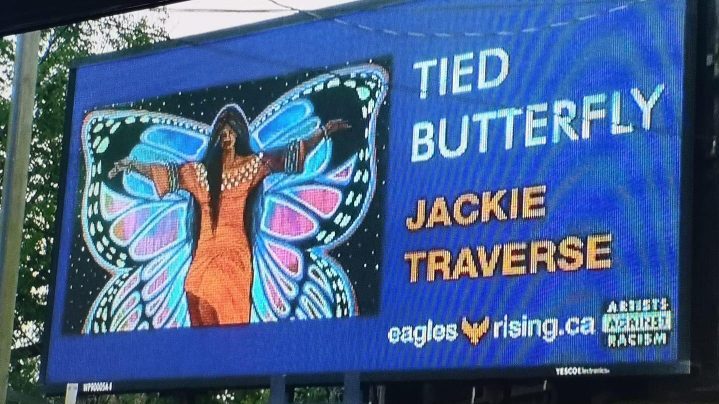
“I’ve lost many friends. It’s a constant,” Traverse said.
“It’s something we have to live with daily. Its friends, friends of friends, distant relatives — the emotions are the same every time.
“I always make a point to stop and talk to my friends because you never know when you’re going to see them again,” she added.
Traverse has been working to end the disappearances and murders of Indigenous women and girls since 2007, when she made a short film called Butterfly.
“These are both women; it’s not fair,” she continued. “All women are beautiful and sacred and should be treated as such.”
Traverse also started Ikwe Safe Rides in Winnipeg in 2016, a car service to help women get home safe, free of charge. With her billboard artwork, she hopes the shock of the MMIWG report doesn’t end.
“I’m happy that Indigenous artwork is being put out there, and we are raising awareness on the issue. We must keep it going because it’s still happening,” Traverse said.
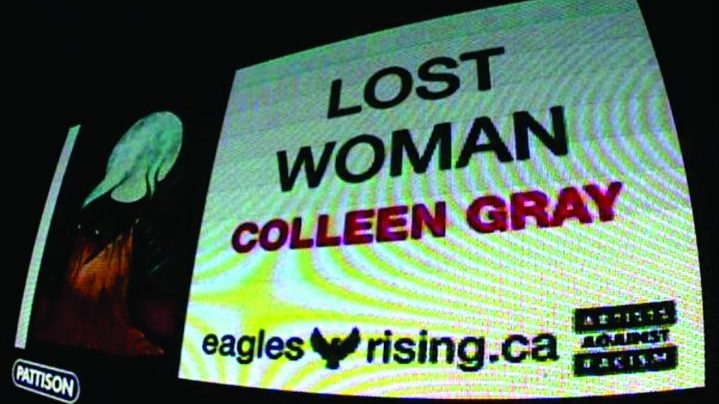
Colleen Gray is a Métis artist who created Ottawa’s billboard, Lost Woman.
“It’s about the women who have gone missing, don’t know how to get home or can’t get out of their broken situation,” Gray explained.
“Stolen and murdered women do not choose to be so. Many are forced into sex trade work and a life of fear and oppression. In this image, the Grandmother Moon is reaching out to a lost woman as she prays to find her way home again.”
WATCH: (June 3, 2019) Final MMIWG report released and calls for systemic change

Like Traverse, Gray hopes the image will inspire change and make people think about what they’re seeing.
“I hope when people see this image, they are moved by the power of the connection between the woman and the moon and understand how lonely a person must be to look for a moment of comfort from something so far away from her,” Gray said.
“I hold these women in my thoughts often, along with the hope for stronger laws that rally against the theft and murder of our women and girls.”
Artists Against Racism hopes Canadians will get involved in the campaign and share the images when they pass them by.



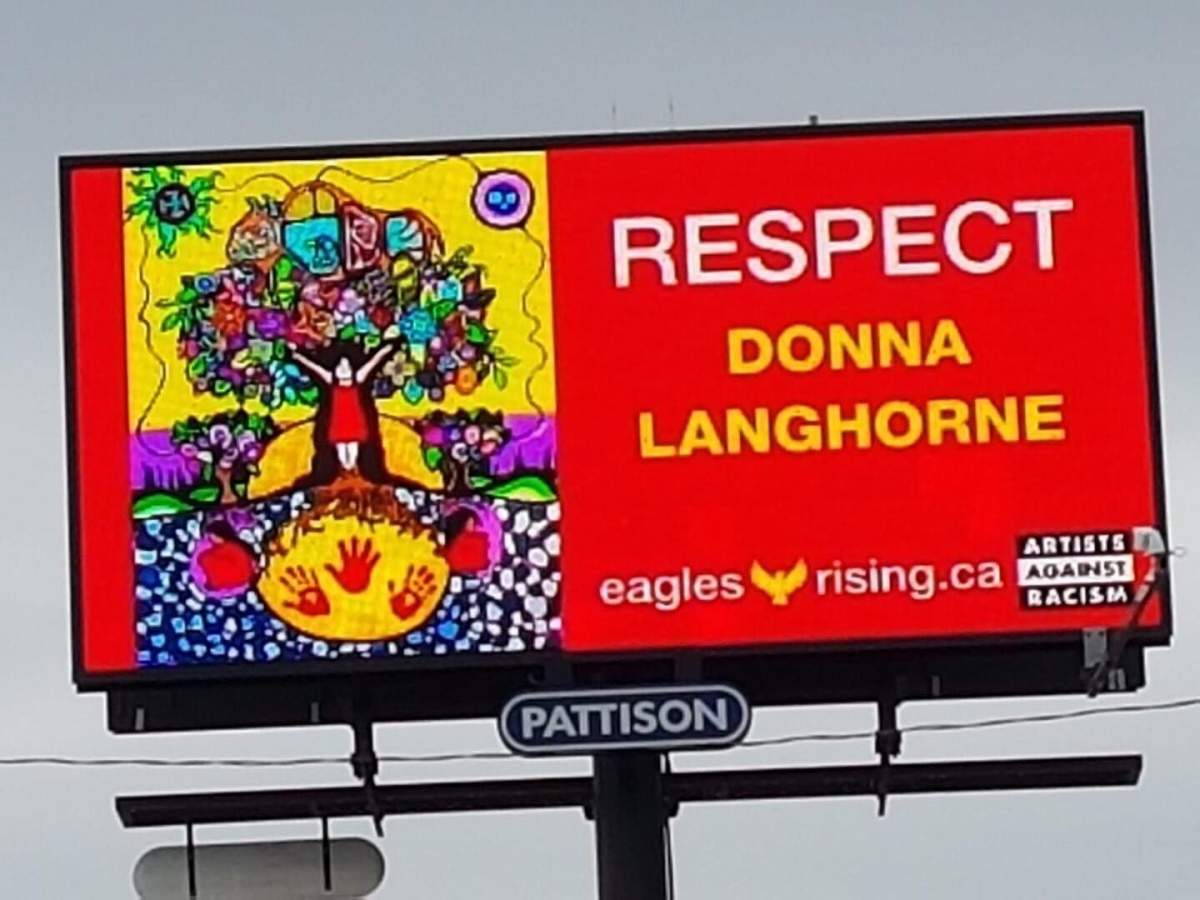

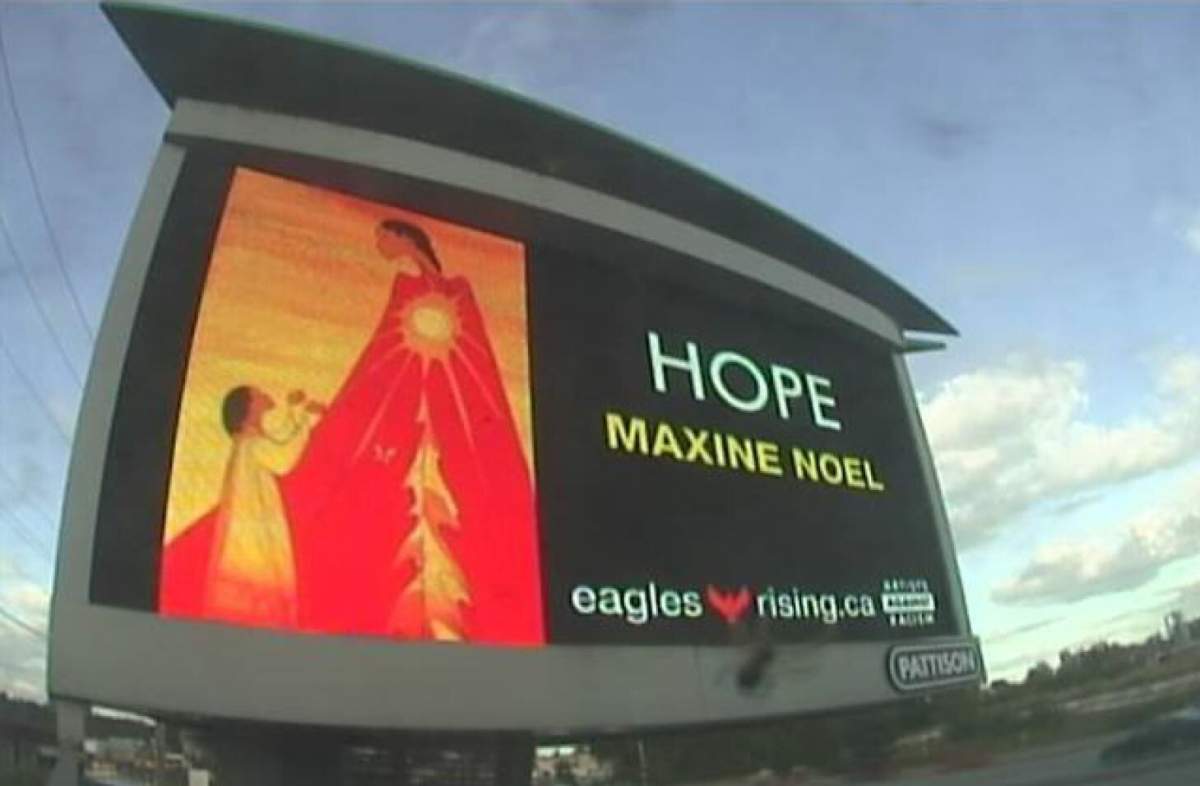





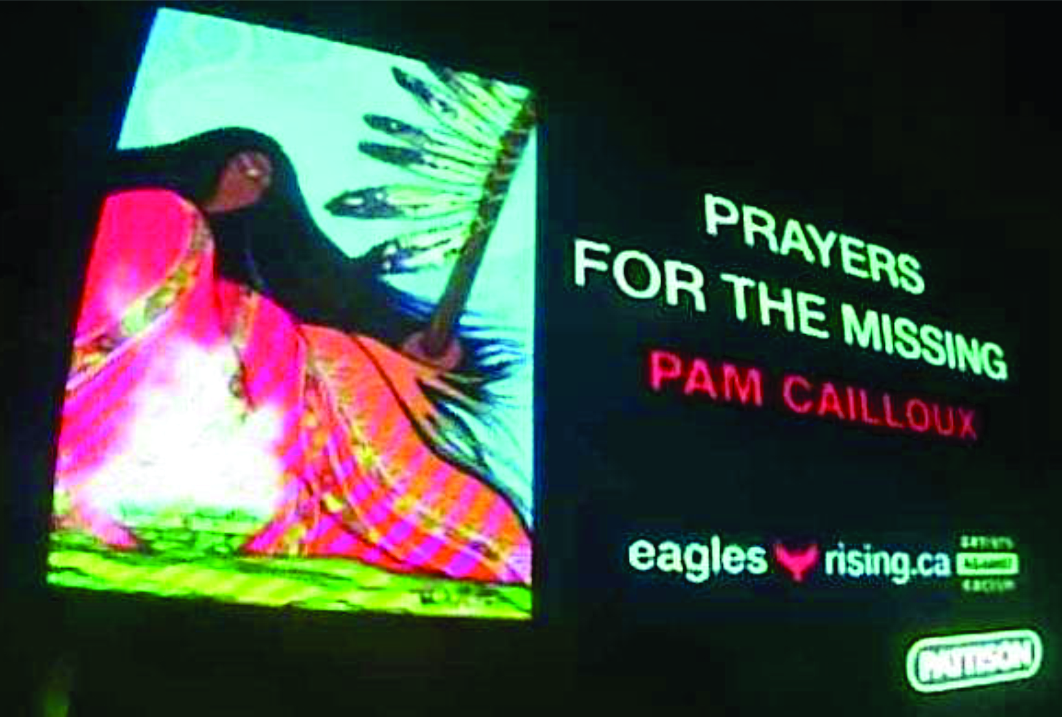

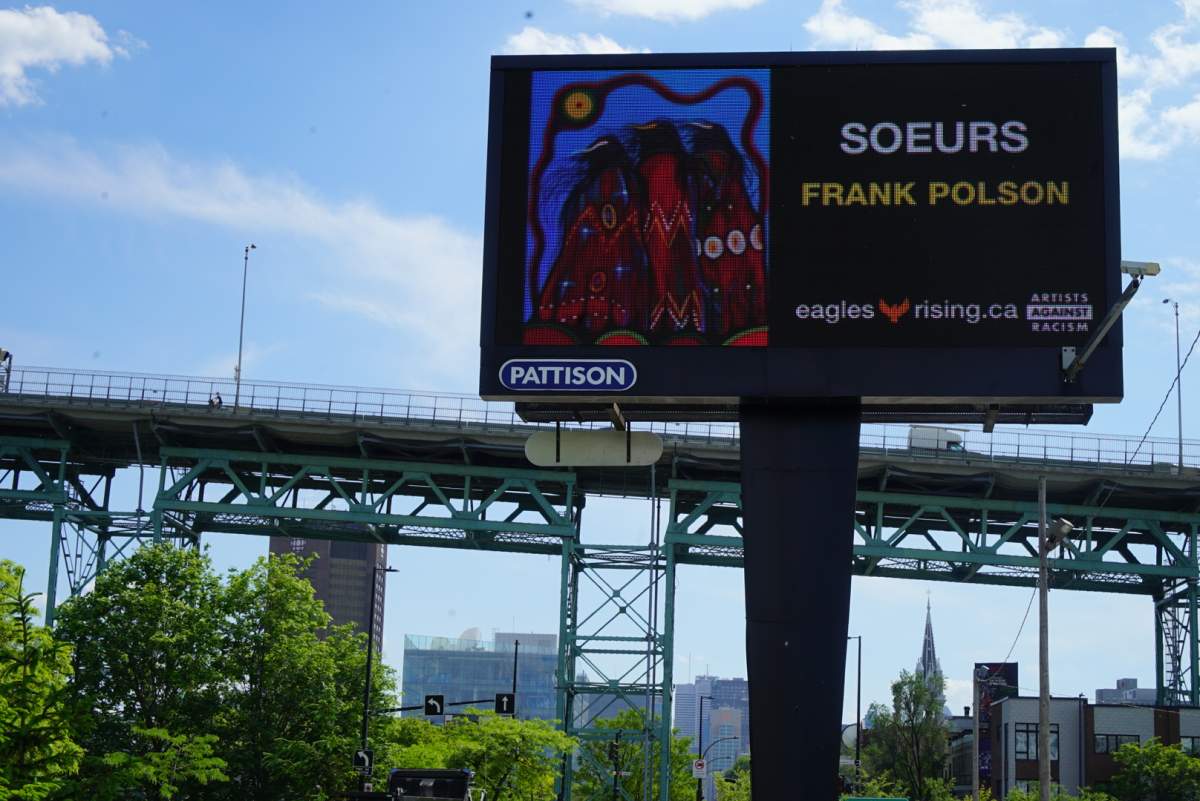
Comments